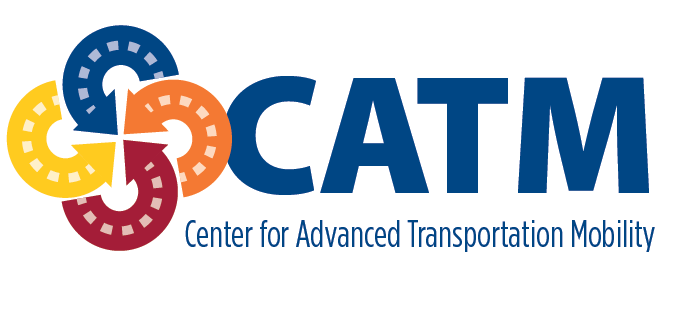Center for Advanced Transportation Mobility
The lifeblood of the U.S. economy is its transportation system. This intricate system consisting of vehicles, operators, and various infrastructure elements enable the movement of both people and goods, contributing to our nation’s success. If the U.S. is to maintain its competitive edge, it must ensure that its transportation system operates efficiently and effectively. To achieve this, solutions must be developed to address both current and future transportation concerns.
The research, education, workforce development, and technology transfer activities that take place within the Center for Advanced Transportation Mobility (CATM) are designed to identify and disseminate solutions that address mobility challenges associated with the movement of both people and goods as well as other critical transportation issues.
CATM’s activities will invigorate student and faculty researchers, expose undergraduate and graduate students to state-of-the art solutions to challenges facing mobile Americans, and increase diversity in the transportation workforce.
About CATM
The Center for Advanced Transportation Mobility (CATM) was established in 2016 through the University Transportation Center Program under the Fixing America’s Surface Transportation (FAST) Act.
CATM is a consortium consisting of three higher education institutions: North Carolina Agricultural and Technical State University (lead), Virginia Polytechnic Institute and State University and Embry-Riddle Aeronautical University – Daytona Beach. These three institutions collaborate on projects focused on identifying solutions to mobility concerns within two primary thematic areas: 1) Enabling safe and efficient mobility for vulnerable road users and 2) Optimizing mobility in emergency situations.
CATM is uniquely qualified to address the future needs of the transportation industry. By combining the strengths of four institutions with diverse characteristics, the Center is able to address the transportation needs of an extremely broad spectrum of the U.S. population, thereby helping the nation maintain its competitive advantage in the global economy.




